Rising Energy Demand
The increasing The Uranium Enrichment Industry. As nations strive to meet their energy needs, nuclear power emerges as a viable solution due to its low carbon emissions and high energy output. According to recent data, nuclear energy contributes approximately 10% of the world's electricity supply. This trend is likely to continue, with projections indicating a potential increase in nuclear energy generation by 25% by 2030. Consequently, the demand for enriched uranium, essential for nuclear reactors, is expected to rise significantly, thereby propelling the Uranium Enrichment Market forward.
Nuclear Energy Policy Support
Government policies favoring nuclear energy are pivotal in shaping the Uranium Enrichment Market. Many countries are implementing strategies to enhance their nuclear capabilities, driven by the need for energy security and climate change mitigation. For instance, nations like France and China are investing heavily in nuclear infrastructure, which necessitates a steady supply of enriched uranium. The International Atomic Energy Agency has reported that over 30 countries are actively pursuing nuclear power programs, indicating a robust future for the Uranium Enrichment Market. This policy support is likely to create a favorable environment for uranium enrichment activities.
Geopolitical Tensions and Supply Chain Dynamics
Geopolitical tensions significantly influence the Uranium Enrichment Market. Countries with rich uranium resources may face supply chain disruptions due to political instability or trade restrictions. For instance, tensions in regions like Central Asia can impact uranium supply, leading to fluctuations in prices and availability. This uncertainty often drives nations to secure their uranium supply through domestic enrichment capabilities, thereby increasing the demand for local enrichment services. As nations seek to mitigate risks associated with foreign dependency, the Uranium Enrichment Market is likely to experience heightened activity and investment in domestic enrichment facilities.
Environmental Concerns and Sustainable Practices
Growing environmental concerns are reshaping the Uranium Enrichment Market. As the world grapples with climate change, nuclear energy is increasingly viewed as a sustainable alternative to fossil fuels. The uranium enrichment process itself is becoming more environmentally friendly, with advancements aimed at reducing waste and emissions. Regulatory bodies are encouraging practices that minimize the ecological footprint of uranium enrichment. This shift towards sustainability is likely to attract investment and innovation within the Uranium Enrichment Market, as companies strive to align with global sustainability goals while meeting the rising demand for clean energy.
Technological Innovations in Enrichment Processes
Technological advancements in uranium enrichment processes are transforming the Uranium Enrichment Market. Innovations such as laser enrichment and gas diffusion are enhancing efficiency and reducing costs associated with uranium enrichment. For example, laser enrichment technology has the potential to lower energy consumption by up to 50% compared to traditional methods. As these technologies become more widely adopted, they are expected to increase the availability of enriched uranium, thereby stimulating market growth. The ongoing research and development in this field suggest a promising future for the Uranium Enrichment Market, as efficiency gains could lead to lower prices and increased competitiveness.


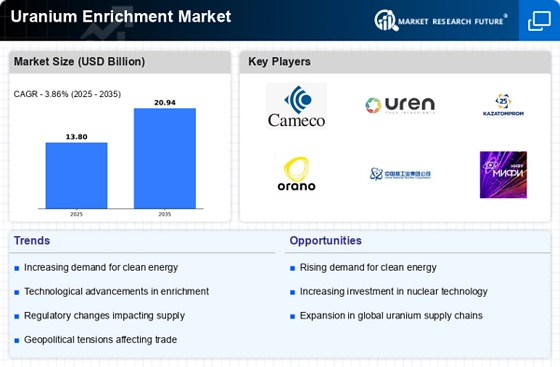
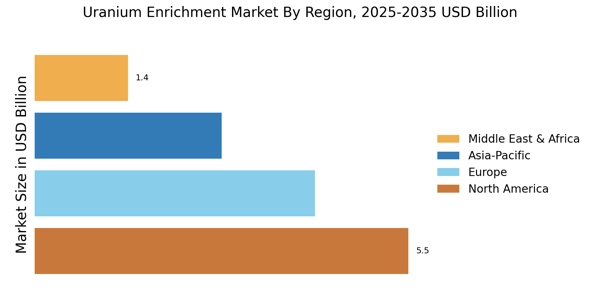
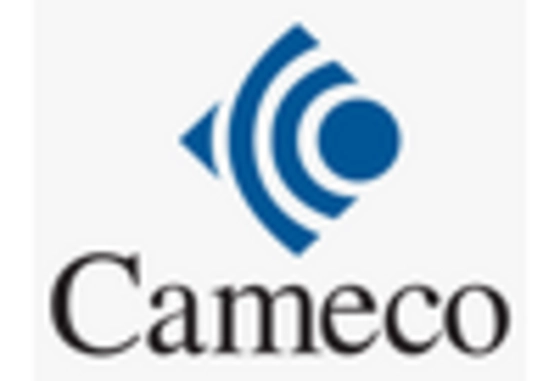
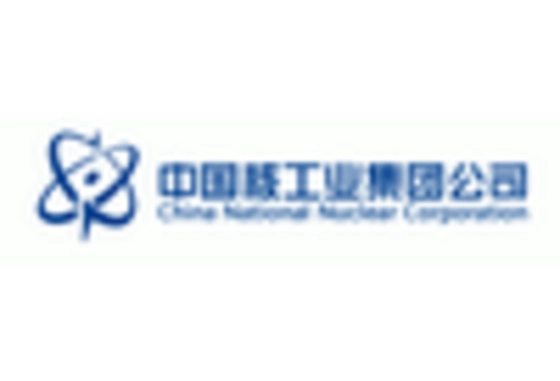
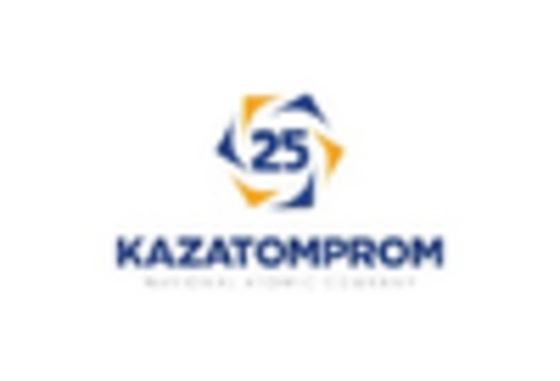
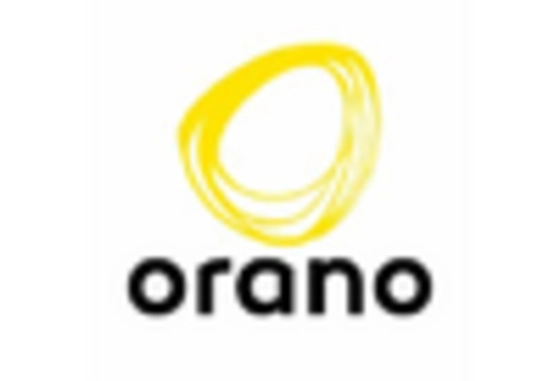
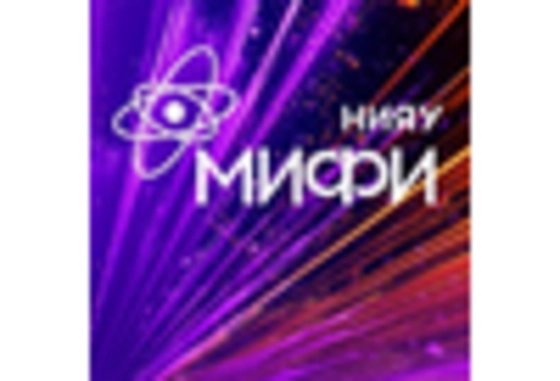
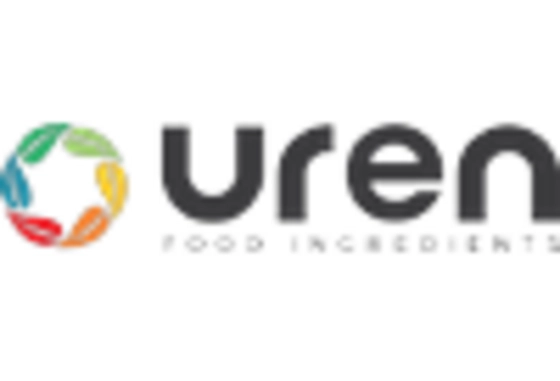








Leave a Comment